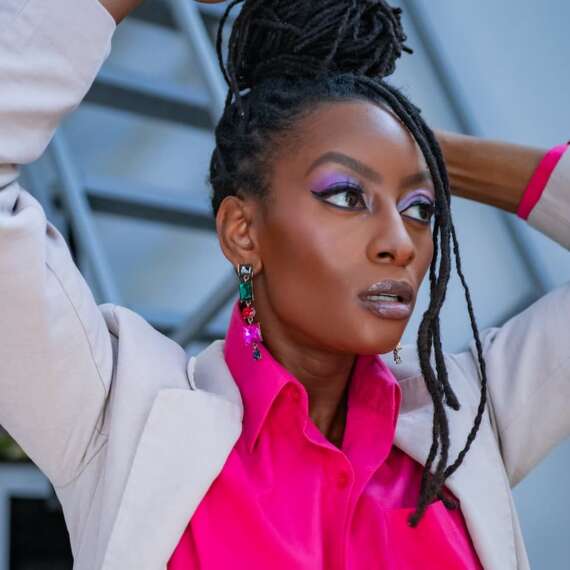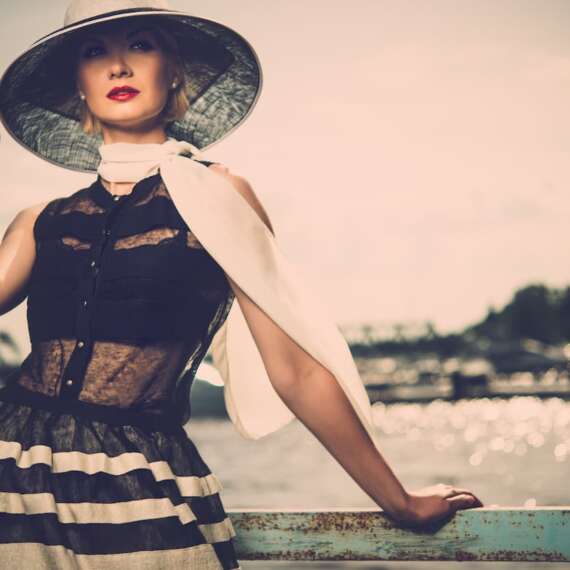For more than a decade, American fashion has lived in sneakers and hoodies. Streetwear defined an era—the democratization of luxury, the rebellion against formality, the merging of skate culture and couture. But something subtle is happening across studios and showrooms from Los Angeles to New York. The silhouettes are changing. Lines are sharpening. Streetwear’s comfort is giving way to structure. And in that shift, American fashion is growing up.
The shift didn’t happen overnight. Streetwear’s dominance was never just about clothes; it was about freedom. It gave permission for self-expression without conformity, for identity without gendered rules. But every revolution breeds evolution. As consumers matured, so did their wardrobes. Now, you’re seeing a new kind of discipline—one that values proportion, construction, and intentionality without abandoning ease. It’s not a rejection of streetwear but its refinement.

Designers like Peter Do, Willy Chavarria, and Elena Velez are leading this reformation. Do’s sharp tailoring and modular separates channel quiet power. Chavarria turns volume into vulnerability, using exaggerated proportions to explore masculinity. Velez, from Milwaukee, molds structure from industrial materials and femininity from steel. Together, they’re defining a new American form that’s less about hype and more about harmony—between softness and strength, fluidity and form.
This evolution also reflects a deeper cultural mood. Streetwear’s roots in rebellion are being replaced by a desire for rebuilding. After years of flux—economic, social, digital—people crave stability. Structure, both literal and symbolic, has become attractive again. In a time of blurred boundaries, sharp tailoring feels like order. It gives shape to uncertainty. You see it not as stiffness but as assurance—an armor that still moves.
Gender fluidity plays a major role in this new design language. Instead of shrinking or enlarging traditional menswear and womenswear patterns, today’s designers are starting from a neutral base. The idea is not to adapt one for the other but to erase the divide altogether. Garments are built to fit forms, not categories. The result is a wardrobe that speaks to identity as spectrum, not binary. Brands like Commission, Eckhaus Latta, and Telfar embody this principle—each blurring masculine and feminine codes while maintaining architectural precision.

Even the materials tell the story. American fashion’s new obsession with modularity—convertible jackets, detachable collars, reversible silhouettes—reflects a pragmatic sensibility born from sustainability. It’s not enough for clothes to look good; they need to work. A jacket that transforms into a vest or a skirt that zips into pants acknowledges modern life’s pace and planet’s limits. Function has become an aesthetic, and adaptability is the new luxury.
If you trace this transformation, it mirrors America’s broader identity crisis and reinvention. Streetwear once represented defiance—a rejection of old power structures. Now, structure itself has been reclaimed as self-expression. The suit, once a symbol of corporate uniformity, is being reconstructed as a statement of individuality. Look at Grace Wales Bonner’s hybrid tailoring or Thom Browne’s conceptual silhouettes—they turn conformity into theater, precision into poetry. The new American silhouette doesn’t conform to power; it redefines it.
There’s also a geographic element to this evolution. The country’s creative centers are decentralizing. Chicago, Detroit, and Atlanta are shaping the new aesthetic just as much as New York or L.A. Local production, regional pride, and cultural hybridity are influencing design choices. You see Midwestern resourcefulness blending with coastal experimentation, giving rise to pieces that feel grounded yet forward-thinking. American fashion has never been more plural, and that plurality is its strength.

For you as a designer or creative, this moment offers permission to rebuild your own form language. The lesson isn’t to abandon streetwear—it’s to evolve it. Let ease coexist with structure. Let fluidity inform fit. Think of tailoring not as constraint but as conversation. Every seam can say something about who you are and how you move through the world. That’s where the real innovation lives.
What makes this moment exciting is that it doesn’t aim to imitate Europe’s rigor or Asia’s futurism. It’s uniquely American—a fusion of freedom and form. This new silhouette doesn’t chase status; it chases substance. It’s made for people who’ve outgrown trends but not expression. People who see clothing not as rebellion or luxury, but as language. And if streetwear taught America how to speak casually, structure is teaching it how to speak with intention.











